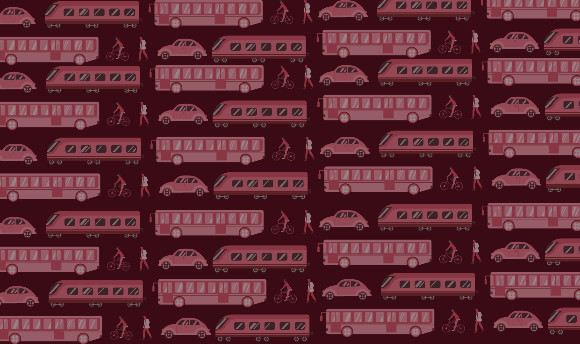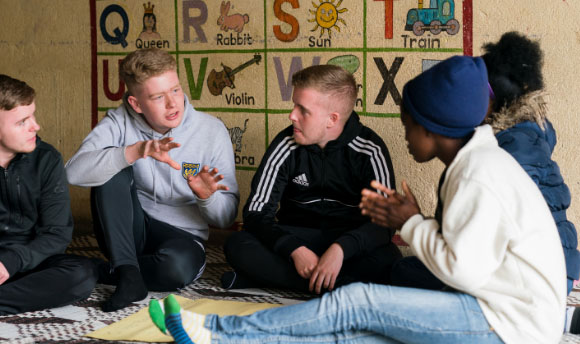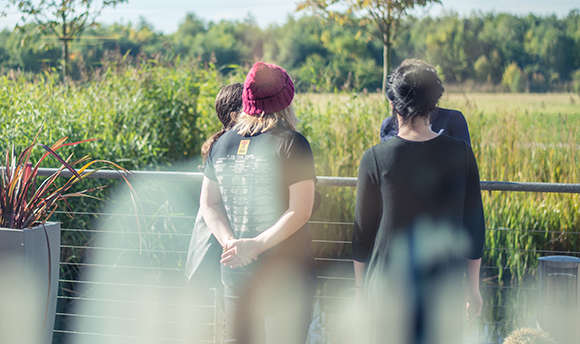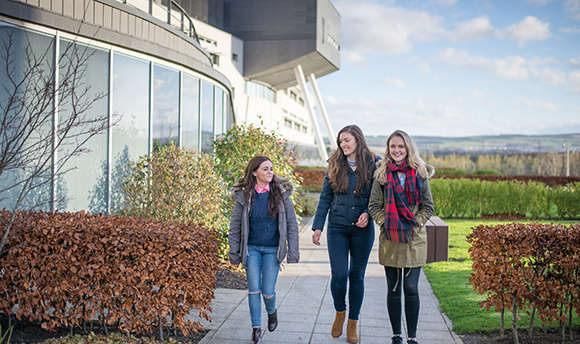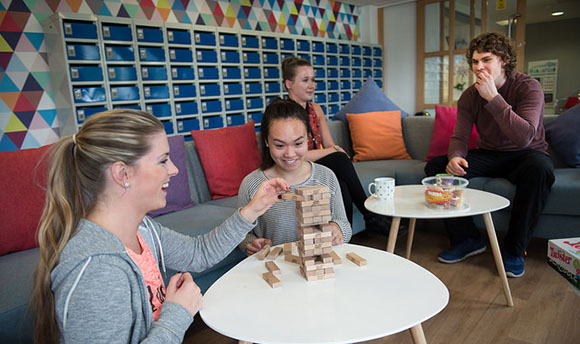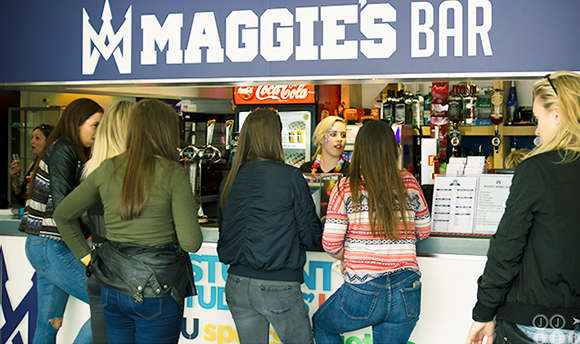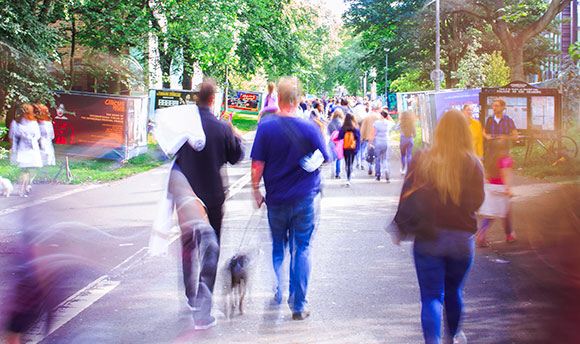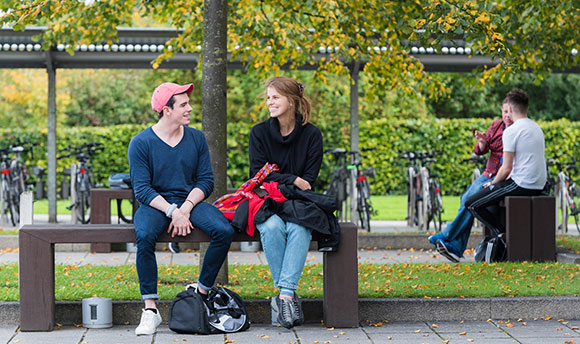In my lecturing, I often talk about my “grandmother problem.” My grandmother - with the same hairdo as The Queen - was fiercely protective of all us grandchildren. All she wanted was for us to be happy and she would have thrown all 4 foot 10 inches of her wrinkly body in front of a bus if she knew it would save us. It was always clear that she loved us. She was also a racist and bigoted about many things in the world. While it is hard for me to understand, I know she held these beliefs as she felt they would help make the world as safe as it could be for her grandchildren. She is therefore not an ‘evil’ person, as these beliefs came from a point of concern and love. Regardless of if her beliefs were ‘wrong’ or not (and to be clear: to me, they were abhorrent!), my ‘grandmother problem’ highlights a bigger, general problem with public life: we live in a pluralistic space, where there are multiplicity of values and beliefs.
Public museums and galleries face this issue every day: they are there to represent a public, but how are they to do that when ‘the public’ is made up of people like me, people like my grandmother and everyone in between!? To explore this conundrum, I recently worked with the Perth Museum and Art Gallery to explore the ‘publicness’ of a museum collection. The Museum is a “recognised collection of National Significance” and has as part of their museum collection over 1 million individual items, but only 1% of this collection is ever on display. The rest is kept behind temperature-controlled, secured, locked doors, and therefore not accessible by ‘the public’. Similarly, the Collection Managers – a small group of experts from the local area – act as gatekeepers as to which items are collected, displayed, or discussed. Whilst the staff are representative of some of the population of Perthshire, their position and power beg the question of how a small, select group of individuals or a single organisation can speak to an entirety of a public, in all its plurality and difference.
Originally, my creative practice research idea for this project - titled Kill your Darlings - was a provocation that the public would be invited to choose a single item that should be destroyed. How this single item would be chosen was up for negotiation; and how this item might be destroyed was similarly up for discussion, but the provocation of destruction was essential to elicit discussions and debate that may reflect the nuanced complexities of how - and if - an entire public could be represented by a Museum Collection. This provocation was considered too much for the Museum and the project was reconfigured and culminated in an exhibition where the public decided what objects within the collection are the *most* valued item: the item they would save from the proverbial fire. The project has resulted in over 7000 votes, a publication, anecdotal evidence of extended engagement, a variety of well-received events, and significant positive feedback from audiences, press and industry bodies.
Many of the museum staff will agree that it certainly wasn’t a pleasant experience to invite the public in to ‘choose’ valuable items, and this was made even more difficult by my provocation to destroy priceless artefacts. However, this chaotic, difficult project has provided space for museum staff to creatively and critically explore their management and reflect together in ways that - along with professional knowledge - can help tackle new situations and provide new ways of working. As Ghaye suggests: “Maybe reflective practices offer us a way of trying to make sense of the uncertainty in our workplaces and the courage to work competently and ethically at the edge of order and chaos.” Working in the public domain - with all the different values, needs and stakeholders - certainly can feel like it is skating along that edge of order and chaos, and this underpins why such projects become important: if we’re going to work in the public domain, we have to do it in ways that are difficult, risky and multiple. Just like the public domain itself!
This is not a terrible thing: The philosopher Emanuel Levinas suggested that as social creatures, humans can only ever understand ourselves when we encounter ‘the other’ – something that is different from us. Indeed, he suggests that the more we are able to witness and experience something ‘not us’, the more we are able learn about ourselves and the surrounding world. In other words, we understand ourselves in opposition, in the same way that light can only be understood through darkness; or joy only truly comprehended because of sadness. It is difference that provides contrast, and in that contrast, we see our own edges more clearly.
